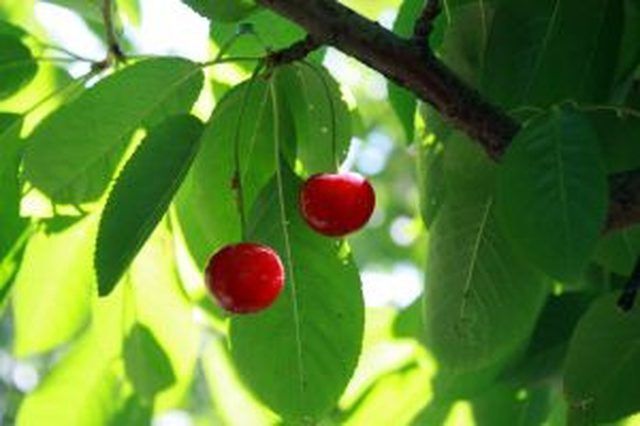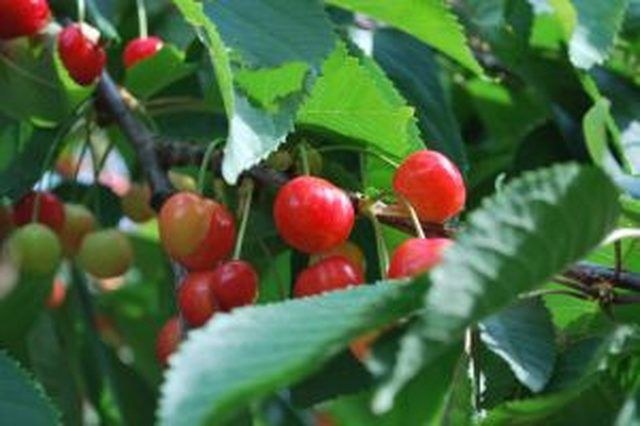Bulbs
Flower Basics
Flower Beds & Specialty Gardens
Flower Garden
Garden Furniture
Garden Gnomes
Garden Seeds
Garden Sheds
Garden Statues
Garden Tools & Supplies
Gardening Basics
Green & Organic
Groundcovers & Vines
Growing Annuals
Growing Basil
Growing Beans
Growing Berries
Growing Blueberries
Growing Cactus
Growing Corn
Growing Cotton
Growing Edibles
Growing Flowers
Growing Garlic
Growing Grapes
Growing Grass
Growing Herbs
Growing Jasmine
Growing Mint
Growing Mushrooms
Orchids
Growing Peanuts
Growing Perennials
Growing Plants
Growing Rosemary
Growing Roses
Growing Strawberries
Growing Sunflowers
Growing Thyme
Growing Tomatoes
Growing Tulips
Growing Vegetables
Herb Basics
Herb Garden
Indoor Growing
Landscaping Basics
Landscaping Patios
Landscaping Plants
Landscaping Shrubs
Landscaping Trees
Landscaping Walks & Pathways
Lawn Basics
Lawn Maintenance
Lawn Mowers
Lawn Ornaments
Lawn Planting
Lawn Tools
Outdoor Growing
Overall Landscape Planning
Pests, Weeds & Problems
Plant Basics
Rock Garden
Rose Garden
Shrubs
Soil
Specialty Gardens
Trees
Vegetable Garden
Yard Maintenance
How to Identify Cherry Tree Seedlings
How to Identify Cherry Tree Seedlings. Identifying a mystery seedling can be a fun but challenging task. Cherry tree seedlings can be difficult to identify since they can grow in virtually any region, though they produce the best fruit crops in regions that have a cold winter. Cherry trees can be appealing to the eye, with their springtime cherry...
Identifying a mystery seedling can be a fun but challenging task. Cherry tree seedlings can be difficult to identify since they can grow in virtually any region, though they produce the best fruit crops in regions that have a cold winter. Cherry trees can be appealing to the eye, with their springtime cherry blossoms, and in terms of value, cherry trees tend to be among the more valuable trees when it comes to cherry wood. Identifying the precise type of cherry tree is very difficult, and generally, this cannot be done until the tree has matured and started to flower and produce fruit. But the following steps will help you determine if you may have a cherry tree seedling.
Things You'll Need
Suspected cherry tree seedling
Leaves from the cherry tree seedling
Camera and film or digital camera and printer
Ask yourself if the location is consistent with a place where a cherry tree seedling is likely to grow. Cherry tree seedlings are most likely to grow in an area where other cherry trees are located nearby; the seeds are often transported by birds or in animal droppings.
Examine the stem of the plant. Is it green and flexible or grayish-brown and stiff? Cherry tree seedlings, unlike other small plants, will not have a green flexible stem. The stem is distinctly woody, stiff and grayish-brown in color.
Examine the structure of the seedling. Cherry tree seedlings will usually have just one primary stem, with no developed branches. The leaves will be affixed directly to the stem.
Determine if the shape and color of the seedling's leaves are consistent with cherry tree leaves. This is the single easiest way to identify a cherry tree seedling. The leaves are medium green and long, thin and slightly oval in shape with a pointed tip. They are very similar in shape and size to ficus tree leaves (see the accompanying photo).

Determine if the size of the seedling's leaves are consistent with a cherry tree's leaves. On average, the leaves will be between 1 and 3 inches in length, even in a seedling.
Examine the edges of the leaves and leaf texture. Many cherry tree varieties will have raised, visible veins and "teeth" along the edge of the leaf (these are often very subtle in seedlings). Black cherry trees are the exception: these have leaves with smooth edges, less visible veins and a longer, thinner shape. Black cherry tree leaves look more like those found on a ficus tree.

Photograph the seedling (and be sure to capture close-up, good-quality photos of the leaves, stem and overall plant) and pluck a leaf from the seedling.
Bring the photos and leaf to a local plant nursery if you're still unsure whether you have a cherry tree seedling. Plant nursery workers are very well versed in the various types of plants that grow in a given region and they can help you to identify the plant. You can also compare the leaf to cherry tree seedlings at the nursery.
Tips & Warnings
If necessary, transplant the seedling to a better location. Cherry trees appreciate sunny locations with good drainage. Seedlings often take root beneath the canopy of other larger trees, but as the tree grows, it will not thrive due to a lack of sun, water and soil nutrients.
If you belong to a garden club, bring your photos and a leaf along to the next meeting to ask your fellow gardening enthusiasts whether they recognize the leaf as belonging to a cherry tree.